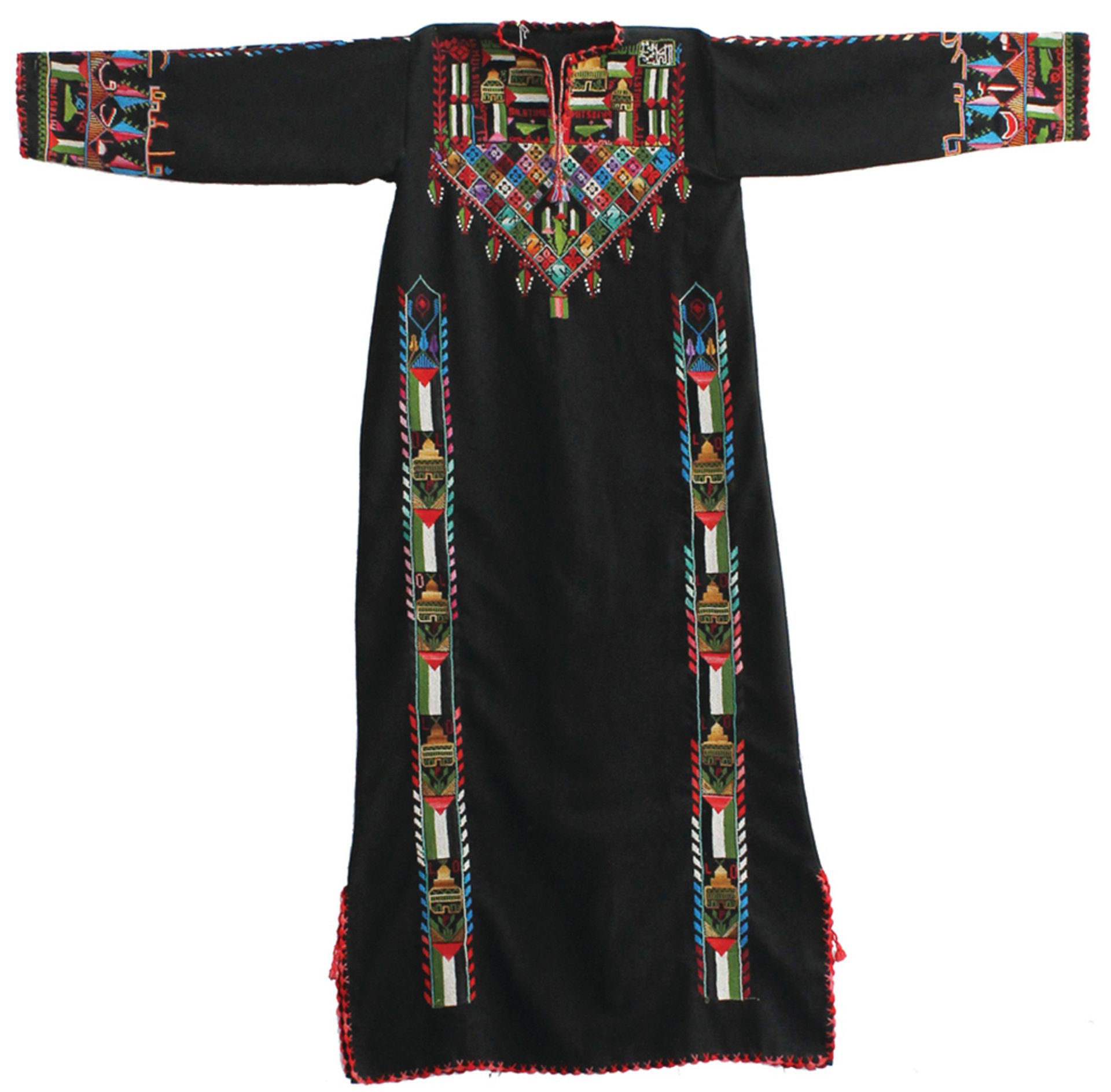The Palestinian Museum in the town of Birzeit, north of Jerusalem, is being inaugurated today (18 May), even though the institution is currently without a collection. Its director, Mahmoud Hawari—a research associate at the Khalili Research Centre, University of Oxford, and a visiting academic at the British Museum in London—was only appointed two weeks ago.
The museum, which comprises 3,500 sq. m of exhibition and educational space, focuses on the history and culture of Palestine from 1750 to the present. The $30m building, which was designed by the Dublin- based architectural firm Heneghan Peng, stands on a 40,000 sq. m plot offered on a long-term lease by the adjoining Birzeit University.
“Only the beautiful building” Asked if there will be anything on show when the museum opens, Omar Al-Qattan, who was the acting director of the museum, said: “No exhibitions, only the beautiful building and gardens.” (A permanent collection of art and artefacts will be built in due course, Al-Qattan says.) But he says that the museum has just been given the personal collection of a former diplomat that includes 504 "very rare" original posters about Palestine from the 1970s onwards.
The road to realise the Palestinian Museum has been rocky. Jack Persekian, the independent curator who was appointed director in 2012, stepped down in December because of “differences over planning and management issues”. The inaugural show, Never Part, has since been postponed. The exhibition, based on Palestinians’ personal belongings, involved more than three years of research.
Plans are in place to co-ordinate shows in satellite outposts. “When we conceived of the museum, we came up with the model of a mother ship—the main building—and its satellite branches, which would be located where there are large Palestinian communities,” Al-Qattan says.

Meanwhile, the museum is continuing to assemble photographs from treasured albums donated by Palestinian families for the Family Album Project. More than 11,000 photographs have been digitised so far as part of the museum’s online audio-visual archive. The museum hopes that Palestinians in the diaspora will use the resource to connect with relatives back home.
The museum is also in discussions with a number of international institutions about possible collaborations, and hopes to establish a presence in Jerusalem “as soon as it becomes viable”, Al-Qattan says.
A pivotal platform? The Art Newspaper contacted ten members of the Israeli art world—including the Israeli minister for culture and sport, as well as journalists and curators—but none would comment on the new institution or whether they would be interested in collaborating with it.
The museum is a flagship project of the Welfare Association (Taawon), a non-profit organisation registered in Switzerland that is “committed to providing development and humanitarian assistance to Palestinians”. Around $25m has been raised for the project, with funding from individuals and institutions, including the Al-Qattan family, the Bank of Palestine and two Middle Eastern construction companies, Projacs and Consolidated Contractors Company (CCC).
Despite the challenges, some are optimistic that the Palestinian Museum will preserve the personal side of the region’s turbulent history. Tina Sherwell, the director of academic programmes at the International Academy of Art Palestine, says: “We all certainly hope the museum will be a pivotal platform for artists and curators in Palestine, as this is a major institution in the cultural landscape of Palestine.”

The radical side of embroidery The Palestinian Museum’s first satellite exhibition, at Beirut’s Dar El-Nimer for Arts and Culture space, reveals the activist side of fashion in Palestine post-1948. At the Seams: a Political History of Palestinian Embroidery (25 May-30 July) “explores how the embroidered thobe [dress] … played a role in the Palestinian resistance movement”, the curator, Rachel Dedman, says. “Samed [the economic arm of the Palestine Liberation Organisation] ran embroidery workshops from 1969, which in public bulletins defined their embroiderers as ‘political fighters’. These women were ‘militants with a needle and thread’, making products that contributed to the future Palestinian state’s nascent economy,” she says. The show includes more than 50 garments and video interviews with male and female embroiderers working today in Lebanon, Palestine and Jordan.

